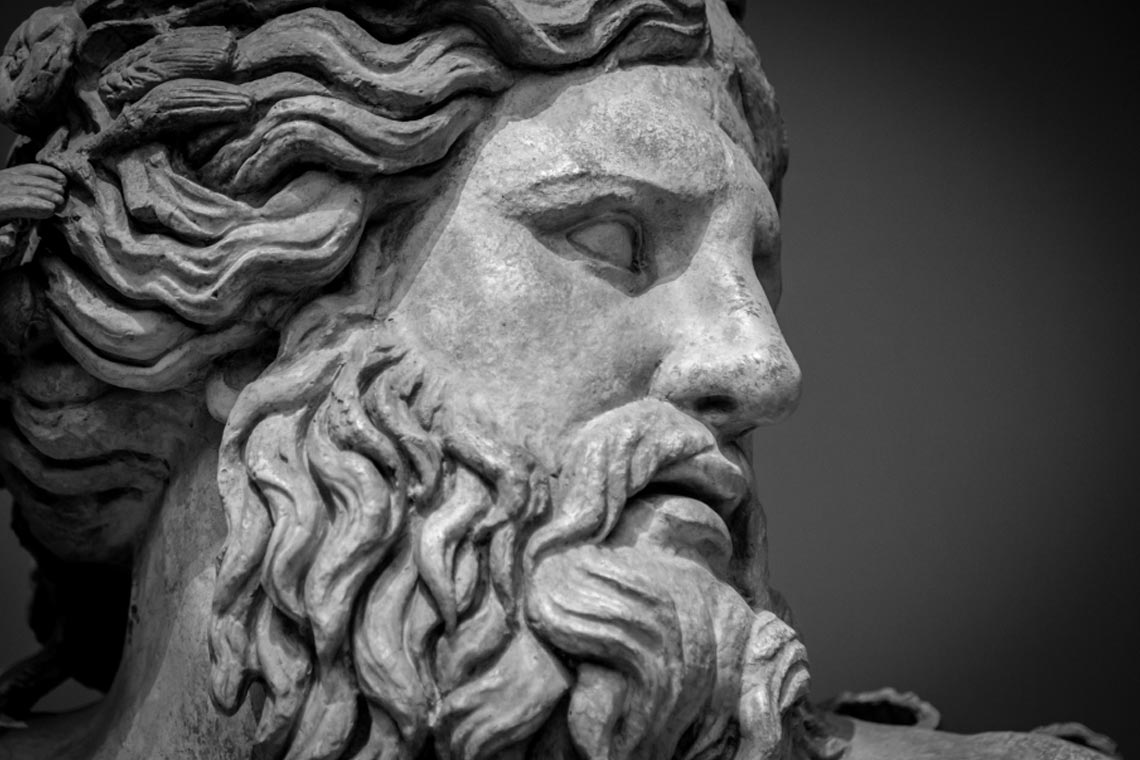Naxos Mythology inspires Astrology

The story behind the Corona Borealis constellation
Greek Mythology was a source of inspiration to explain the heavenly bodies, astronomical phenomena and astrology. The legacy of the centuries’ -old myths remains even today. Many of the planets, stars and zodiac signs bear names of Greek gods and mythical creatures such as Cronus, Aphrodite, Mars, Pegasus, Andromeda, Orion and many more.
Ancient Greek cartographers combined their research in mapping the earth with the drawing of star charts. Unable to make any rational sense of the night sky, they associated the movements of the planets with various gods and imagined that the stars had been set into patterns by the gods to immortalize mythical characters. Hence, in Greek mythology, the specific semicircle of stars symbolized the golden crown worn by Princess Ariadne of Crete when she married the god Dionysus on Naxos island. In the Greek language ‘crown’ or ‘wreath’ is called Στέφανος (Stephanos) and it is said to have been made by Hephaestus, the god of fire and metals, and studded with jewels from India.
Ariadne, daughter of King Minos of Crete, is famous in mythology for helping Theseus to slay the Minotaur, the monstrous creature with the head of a bull on a human body that lived inside the labyrinth of the Palace of Knossos. This maze was so complex that neither the Minotaur or anyone else who entered could find their way out. Theseus, the hero of Athens, came to Crete aiming to kill the Minotaur and Ariadne helped him to do so by giving him a ball of threat in order to be able to track his steps back out of the labyrinth. Once the mission was complete, the two lovers sailed off to Athens. On the way, they stopped at Dia (Naxos island), where Theseus decided to abandon Ariadne. Desperate as she was, crying and cursing Theseus for his ingratitude, she was heard by Dionysus, patron god of Naxos. The god’s heart melted at the sight of the despairing girl and appearing on an ornamented chariot carried by a panther, he abducted her and they got married on the spot.
Accounts differ regarding the origins of Ariadne’s crown. One story says that it was given to her by Aphrodite as a wedding present. Others say that Theseus obtained it from the sea nymph Thetis, and that its sparkling light helped Theseus find his way through the labyrinth. Whatever the case, after their wedding, Dionysus joyfully tossed the crown into the sky where its jewels transformed into stars.
As the original text of Ovid describes:
“Deserted and weeping bitterly, as she was, Bacchus-Liber brought her help and comfort. So that she might shine among the eternal stars, he took the crown from her forehead, and set it in the sky. It soared through the rarified air, and as it soared its jewels changed to bright fires, and took their place, retaining the appearance of a crown, as the Corona Borealis, between the kneeling Hercules and the head of the serpent (Serpens) that Ophiuchus holds” [Ovid,Metamorphoses, Bk VIII:152-182]
It is true that the open circlet of stars known as the constellation Corona Borealis was explained in different ways by many civilizations. Middle Eastern civilizations saw it as a broken or cracked dish, while Australian aboriginals saw a boomerang. Further West, a myth of the Shawnee Tribe of Native Americans viewed the pattern as a group of dancing star maidens. Only the Greeks saw the constellation as a crown or wreath that embodies so beautifully the drama of a broken hearted princess in a glorious love story that was eventually given a “happy end” by the god of wine and revelry!
Discover more about the various shades of Greek Mythology on Naxos island with Naxos Cultural Tours (www.naxosculturaltours.gr) and book your mythology tour now!










